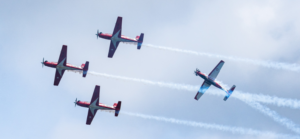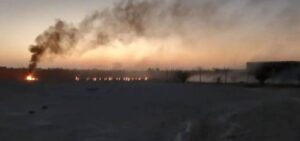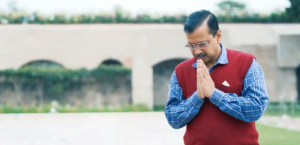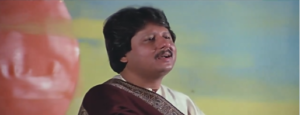Palestine: One of the most densely populated areas on earth
Palestine, a region divided and disputed for decades, has often been described as an open-air prison.
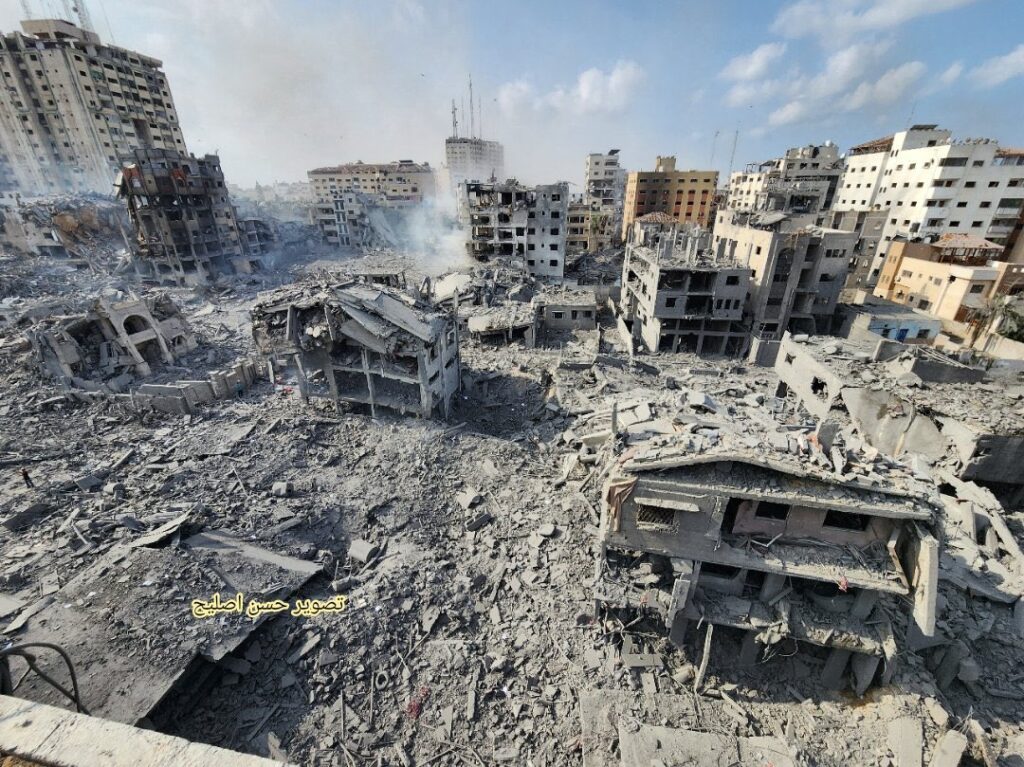
Palestine, a region divided and disputed for decades, has often been described as an open-air prison.
In the heart of the Middle East, nestled between Israel and neighboring countries, lies a land steeped in history, conflict, and resilience. Palestine, a region divided and disputed for decades, has often been described as an open-air prison, a place where over five million people grapple with the daily challenges of restricted movement, limited access to basic resources, and an uncertain future.
The term “open-air prison” paints a vivid picture of life in Palestine. From the West Bank to Gaza, the lives of Palestinians are marked by towering concrete walls, checkpoints, and watchtowers that punctuate the landscape. These physical barriers, remnants of a long-standing conflict, dictate where people can go, who they can see, and what opportunities are available to them.
The Challenges
In the West Bank, where the separation barrier winds its way through cities and villages, families face the stark reality of living in isolated enclaves. The separation from vital resources like water, education, and healthcare is a daily struggle. Farmers find their fields inaccessible, children’s journeys to school are marked by delays and uncertainty, and families are often separated by the arbitrary issuance of permits.

Gaza, a tiny coastal strip measuring just 365 square kilometers, stands as one of the most densely populated areas on Earth. Two million people, the majority of whom are refugees, call this narrow strip of land home. With restricted access to the outside world, Gaza’s residents grapple with chronic shortages of electricity, clean water, and medical supplies. The blockade, enforced since 2007, has left this community grappling for normalcy amid extraordinary hardship.
Yet, amidst these challenges, the spirit of resilience shines through. Palestinian entrepreneurs and artists have forged vibrant communities that defy the odds. In the bustling markets of Ramallah, one can find a thriving arts scene, with local crafts and contemporary galleries providing a powerful testament to the enduring spirit of the people. In Gaza, despite the constraints, grassroots initiatives have emerged to support education, healthcare, and community development.
Education and Students
Education is a cornerstone of Palestinian resilience. Despite the difficulties in accessing schools and universities, the pursuit of knowledge remains a driving force. Students, often subjected to long and unpredictable journeys through checkpoints, continue to excel academically, defying the odds stacked against them. The thirst for education reflects a deep-seated hope for a better future, one where opportunities are not determined by the geography of one’s birth.
The story of Palestine is not just one of adversity; it is also a tale of hope and unbreakable bonds. Families, separated by walls and checkpoints, find ways to connect. Weddings, births, and celebrations become opportunities for reunions, reminding the world of the resilience of human connection in the face of adversity.
International voices of solidarity echo around the globe, advocating for a just and lasting resolution to the Palestinian-Israeli conflict. Grassroots movements, global activists, and political leaders continue to push for dialogue, understanding, and a shared vision for peace. The call for an end to the open-air prison metaphor is central to this movement, emphasizing the humanity and dignity of people who have endured decades of struggle.
Despite being labeled an open-air prison, Palestine and its people continue to make their way through conflicts and daily challenges of life.

